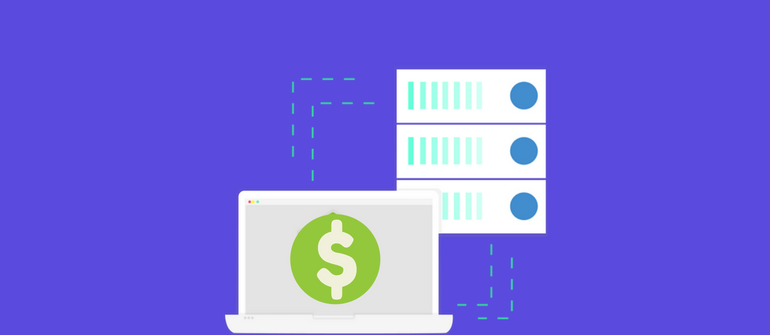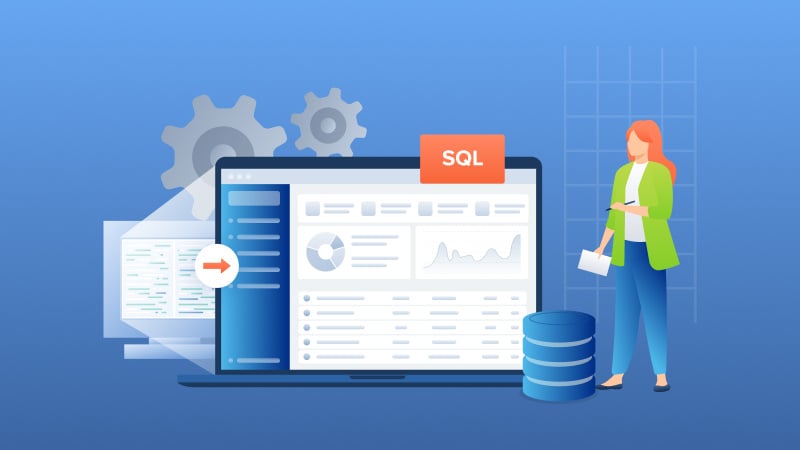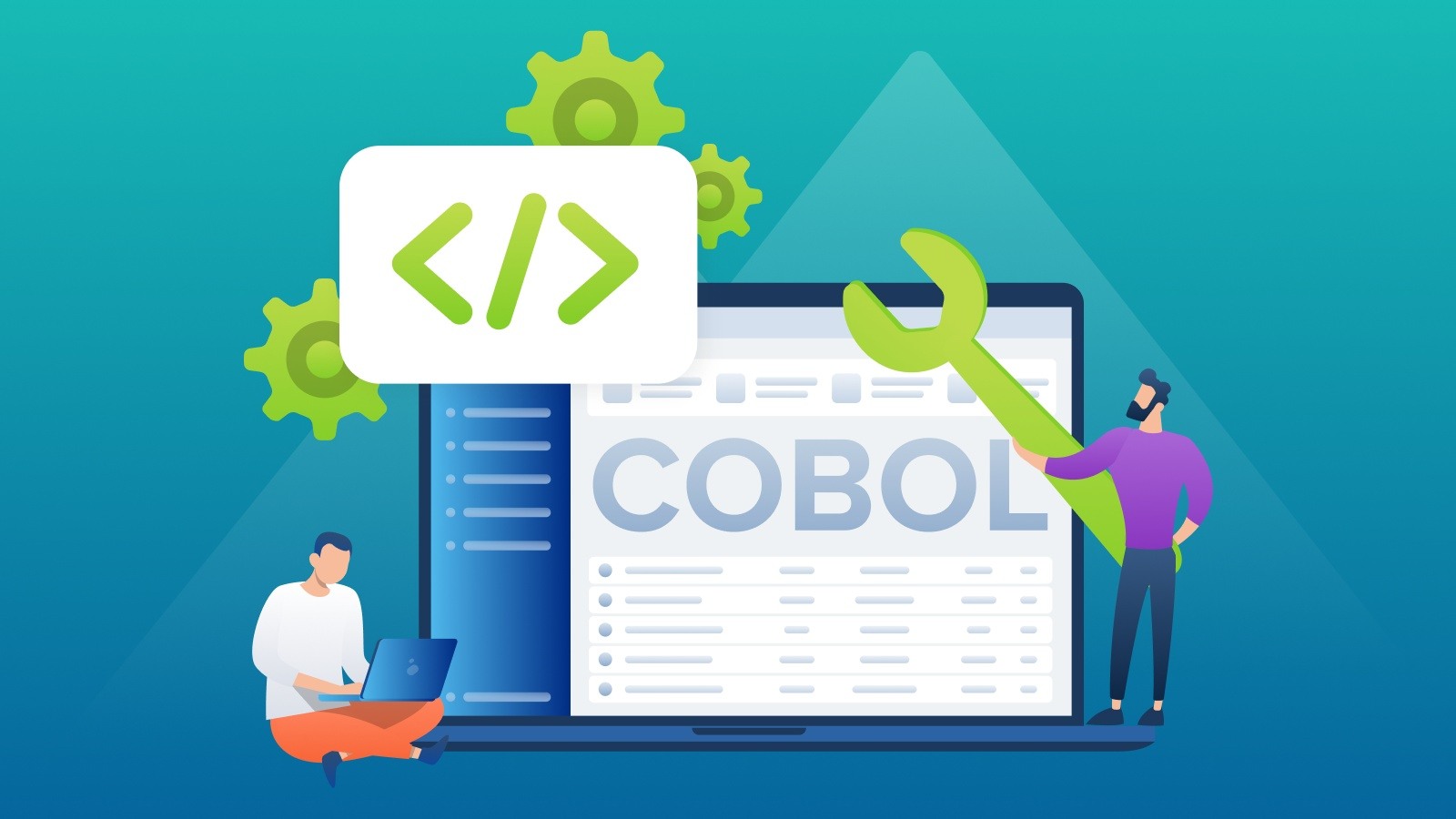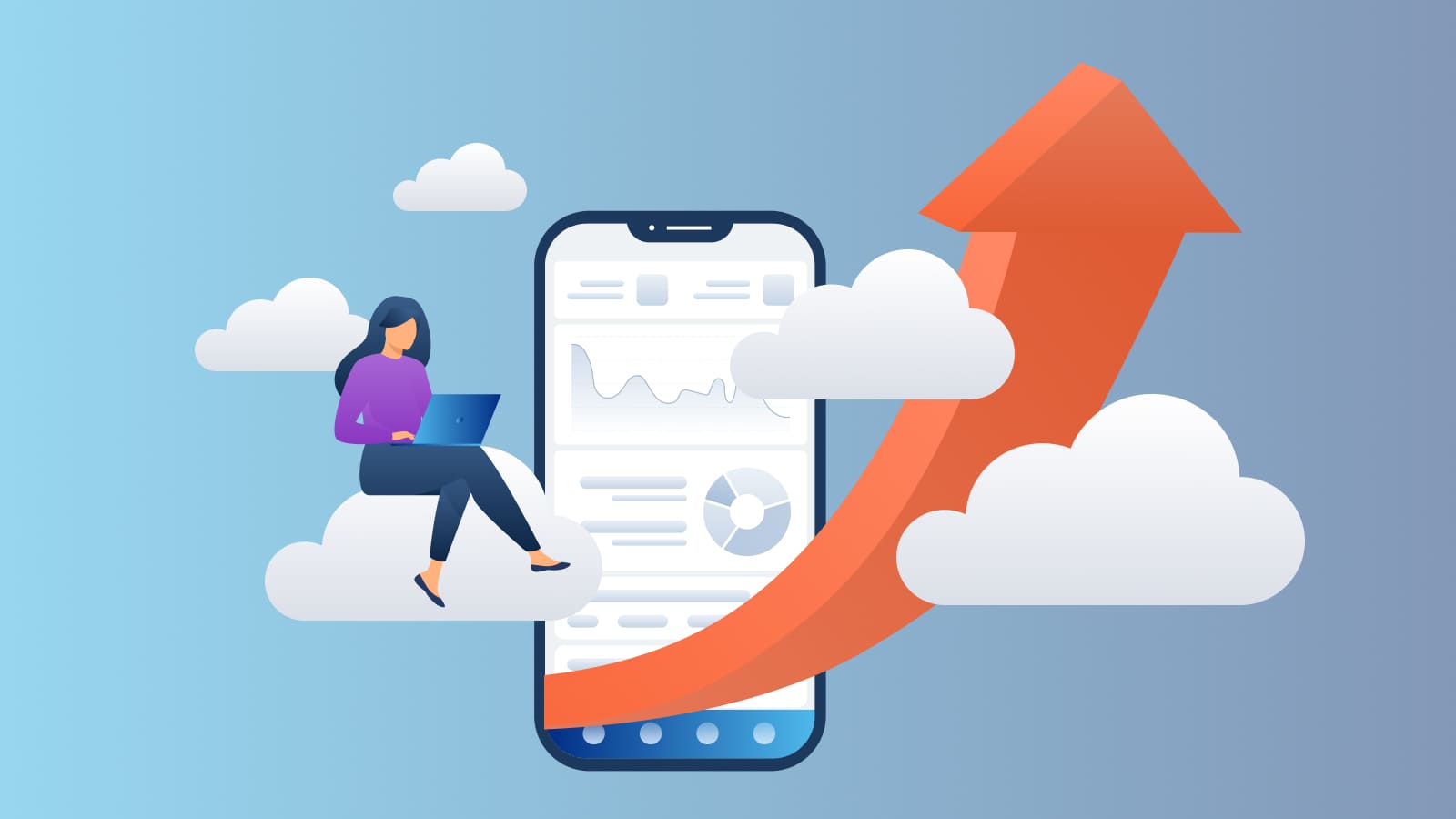Why Migrate from Btrieve to PostgreSQL and other Relational Databases?
Introduction Many independent software vendors (ISV) and corporate users still rely on applications that use a category of database collective called...

Pricing access to your API is the most complex part of creating a monetization model. There are a number of knobs you can turn when developing your pricing strategy, and each one affects how many users you can expect to access your API (as well as how much revenue you’ll generate).
For example, you can choose to charge developers directly for API access, or you can choose to pass that cost on to those developers’ end users through revenue sharing. Either way, you’ll have to establish some “rules of the road” so that developers know exactly how much they (or their customers) have to pay to access your API.
Most API providers use one of three standard pricing models:
We’ll break down each of these models in turn, so you can understand which is right for your API.
Bundled Access is the best starter strategy for established businesses. The Bundled Access model assumes that you, the established business that’s created a new API, have existing products and pricing plans that your customers already understand. These same customers might initially balk at paying more to access your new API, since your existing products already meet their needs.
To overcome this hurdle, you can add limited, free API access into your existing pricing plans. This free access encourages your customers to experiment with and find value in your new API. As customers develop their own apps using your API, and the number of calls they (and their users) want to make increases, you can sell them on a new, higher-tier product plan that includes broader or even unlimited access to your API.
Pay Per Call is best if you know developers are already excited to start using your API. With this strategy, you charge developers (or their end users) a set amount for each call made into your API. For example, PayPal charges 2.9% plus an additional fixed fee for each transaction that runs through their service. Sellers who accept PayPal payments know exactly how much they’ll be paying for each transaction that runs through PayPal’s payment service and APIs, and they can do their own math to estimate how much money they’ll be sending to PayPal each month.
Notice that the charge per transaction is relatively cheap. This is the Pay Per Call model’s greatest strength. The Pay Per Call model scales your revenue based on your customers’ usage, allowing them to make a cheap initial investment in your API. Then, the more your customers come to rely on your API, the more you get paid. The Pay Per Call model transforms your API into a potentially unlimited source of revenue, provided your customers and their end users value access to your API highly enough.
If you plan to use the Pay Per Call model, it’s especially important to invest in an accurate, transparent API access management tool, so you can measure the number of calls each customer makes and provide them with that information. Customers will likely ask for detailed tracking and statistics on the number of calls they’re making each month, as that number directly affects how much they’re paying you for API access. (We’ll talk about Measuring API Usage in the next part of this series.)
Pay Per Month is a good fit for newer businesses whose API is their primary product. Pay Per Month’s strength is the certainty it provides both you and your customers. With the Pay Per Month model, customers pay you a set subscription fee in order to make a set number of API calls. If the customer determines they need to make more calls, they can pay a larger subscription fee to move up to the next tier in your product plan.
Pay Per Month eliminates a lot of the guesswork inherent in the Pay Per Call model. Customers know exactly what they’ll pay each month, and you’ll know exactly how much revenue you’re bringing in. If you’re a new business working on a tight budget, being able to accurately measure your expected revenue is essential. As you get established, and your customers come to rely on your API, you can upsell them into higher-priced access plans, or possibly even switch them over to the Pay Per Call model.
However you decide to price your API, make sure your pricing plan is simple and straightforward! No one is going to pay for your API if they can’t figure out how much they’ll be spending.
(Read part 3 of the How to Monetize Your API series. Also review the introduction.)
Don't have an API to monetize yet? Thriftly can help! Create web APIs from your existing code with our free trial.

Introduction Many independent software vendors (ISV) and corporate users still rely on applications that use a category of database collective called...

COBOL applications are the foundation of numerous essential business functions, especially within the banking, insurance, and government sectors....

Imagine breaking free from the constraints of old, monolithic systems and embracing the agility and innovation of cloud-based solutions.